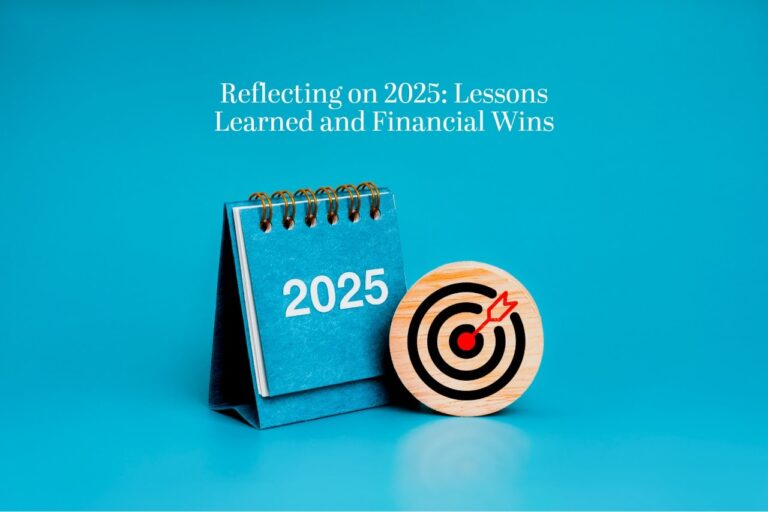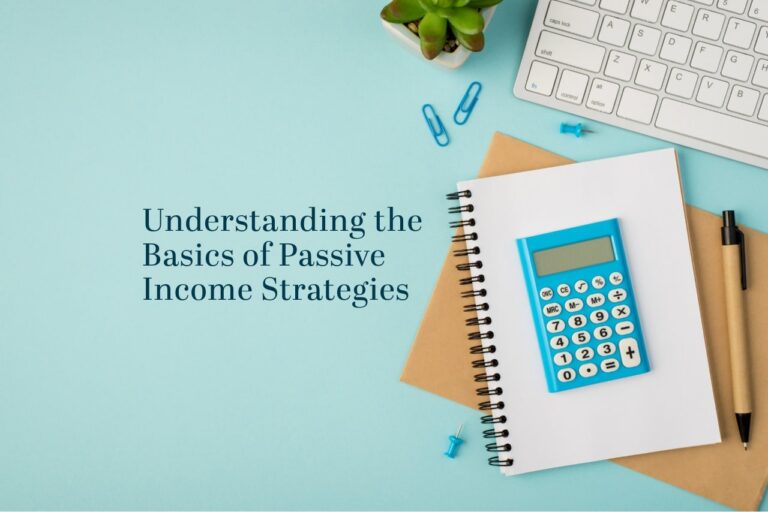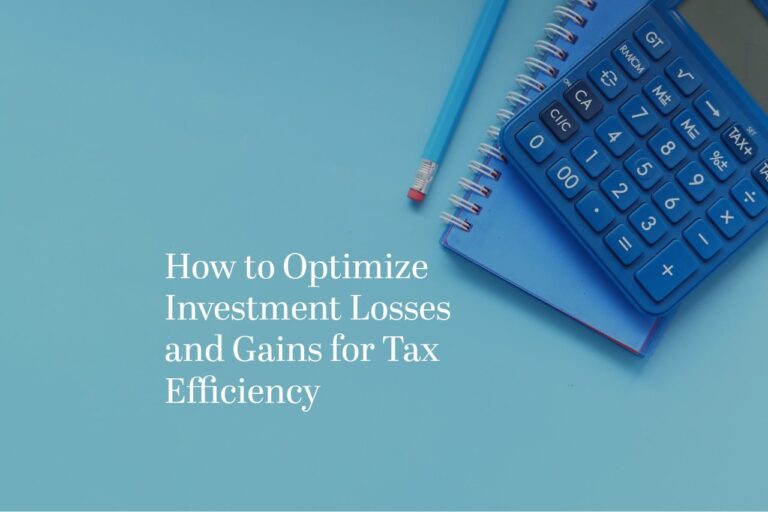Dispelling Misconceptions to Help You Make Informed Financial Decisions
Investing is an essential component of building wealth and planning for the future, yet many misconceptions can cloud judgment and lead to poor decision-making. Misinformation often spreads through word of mouth, outdated advice, or misunderstood financial concepts. By separating fact from fiction, you can make more informed decisions that align with your financial goals. Let’s address some common investment myths and uncover the truth behind them.
Myth 1: Investing Is Only for the Wealthy
One of the most pervasive myths is that investing is a privilege reserved for those with substantial wealth. In reality, investing is accessible to people at nearly every income level. With the availability of low-cost investment platforms, fractional shares, and employer-sponsored retirement plans, individuals can start building an investment portfolio with relatively small amounts of money.
The key is to begin where you are and contribute consistently. Whether you’re investing in an IRA, contributing to a 401(k), or purchasing shares through a brokerage account, small steps can compound into meaningful growth over time.
Myth 2: You Need to Time the Market to Succeed
The idea of timing the market—buying at the lowest point and selling at the highest—is alluring but rarely practical. Even seasoned investors often struggle to predict market movements consistently. Attempting to time the market can lead to emotional decisions, such as selling during downturns and missing out on potential recoveries.
A more effective approach is to adopt a long-term strategy focused on staying invested through market fluctuations. By doing so, you can take advantage of compounding and reduce the risk of missing key periods of growth.
Myth 3: Investing Is the Same as Gambling
While both investing and gambling involve taking risks, they are fundamentally different. Gambling typically relies on chance, with outcomes largely outside your control. In contrast, investing is based on informed decision-making, research, and strategies designed to achieve long-term financial goals.
Diversification, asset allocation, and risk management are tools that investors use to mitigate risks and create opportunities for growth. These practices highlight the structured and intentional nature of investing compared to the uncertainty of gambling.
Myth 4: You Need a Lot of Investment Knowledge to Get Started
Many people hesitate to invest because they feel they lack enough financial knowledge. While education is valuable, you don’t need to know everything about the markets to start. Today’s technology-driven platforms and resources make investing more approachable than ever.
For beginners, automated investment services (sometimes called robo-advisors) can help build and manage a diversified portfolio based on your goals and risk tolerance. Additionally, working with a financial professional can provide personalized guidance tailored to your circumstances.
Myth 5: The Stock Market Is Too Risky
The stock market’s ups and downs can make it seem like a risky place to put your money, but the level of risk depends on your investment choices and strategy. Short-term volatility is common, but history has shown that the market tends to grow over the long term.
A diversified portfolio that includes a mix of asset classes—such as stocks, bonds, and cash equivalents—can help reduce overall risk. It’s also important to align your investments with your time horizon and financial goals to balance risk and reward effectively.
Myth 6: Only Professionals Can Succeed in Investing
Some believe that investing success is reserved for financial professionals. However, success in investing often depends more on discipline and consistency than on specialized knowledge. Following basic principles—such as diversifying your portfolio, avoiding emotional decisions, and sticking to a long-term plan—can contribute to achieving your financial objectives.
While professional advice can add value to your financial strategy, especially as your wealth grows or your needs become more complex, starting on your own is entirely feasible with today’s accessible tools.
Myth 7: You Should Only Invest When the Market Is Up
Waiting for “the right time” to invest can result in missed opportunities. Market fluctuations are a normal part of the investment landscape, and trying to predict the “perfect” time to enter can be challenging. A strategy known as dollar-cost averaging—investing a fixed amount at regular intervals—can help mitigate the effects of market volatility and reduce the pressure of timing the market.
Consistently investing, regardless of market conditions, may allow you to participate in potential lower prices during downturns and contribute to long-term growth.
Myth 8: All Debt Must Be Paid Off Before You Invest
While it’s wise to address high-interest debt, such as credit cards, before prioritizing investments, not all debt needs to be eliminated before you begin. For example, low-interest debt, such as a mortgage or student loans, may allow room for you to simultaneously invest for retirement or other financial goals.
A balanced approach to managing debt while investing can help you build long-term wealth without sacrificing progress toward other obligations.
Myth 9: Investing Is Too Complicated
For many, the idea of investing feels overwhelming due to the perceived complexity of markets and financial products. However, starting with simple strategies—such as contributing to a retirement account or using a low-cost index fund—can make investing more approachable.
As you gain confidence and knowledge, you can explore more advanced options to align with your goals. The important thing is to take the first step and build from there.
Debunking Common Investment Myths: Looking Towards the Future with Optimism
Debunking these common investment myths is an important step toward making informed financial decisions. By focusing on long-term goals, staying consistent, and using available resources, you can begin building a strategy that works for you.
Investing doesn’t have to be intimidating or out of reach. Understanding the facts behind these myths can empower you to take control of your financial future, one step at a time. Whether you’re just starting out or refining your approach, aligning your investments with your goals can help you create a strategy tailored to your unique needs.
Illuminated Advisors is the original creator of the content shared herein. I have been granted a license in perpetuity to publish this article on my website’s blog and share its contents on social media platforms. I have no right to distribute the articles, or any other content provided to me, or my Firm, by Illuminated Advisors in a printed or otherwise non-digital format. I am not permitted to use the content provided to me or my firm by Illuminated Advisors in videos, audio publications, or in books of any kind.








